By Christopher Stanley
Cartography Cartographic
Cartography (/kɑːrˈtɒɡrəfi/; from Greek χάρτης chartēs, “papyrus, sheet of paper, map”; and γράφειν graphein, “write”) is the study and practice of making maps. Combining science, aesthetics, and technique, cartography builds on the premise that reality (or an imagined reality) can be modeled in ways that communicate spatial information effectively.
In the grand tradition of Art, there is an off shoot called Cartography. Like the practice of anatomical rendering, cartography allows for the merging of Art and Science and gives the creator the ability to host both tangible and intangible realities sometimes in the same map. Traditions such as Paper Towns and Trap Streets lend to the idea that both the real and the imagined can exist in the same space. I think this is what the great Spanish painter El Greco was touching with his paintings showing the concrete and the immaterial world of the spirit.
The project before set before you is an attempt to re-signify lost pathways and connections. In essence we are attempting to re-make a map that at one time is new, but in another ancient.
The movement back and forth from Chihuahua, Mexico, to Odessa Texas, through the cities of Ojinaga and Presidio
Tarahumara word for themselves, Rarámuri, means “runners on foot” or “those who run fast”
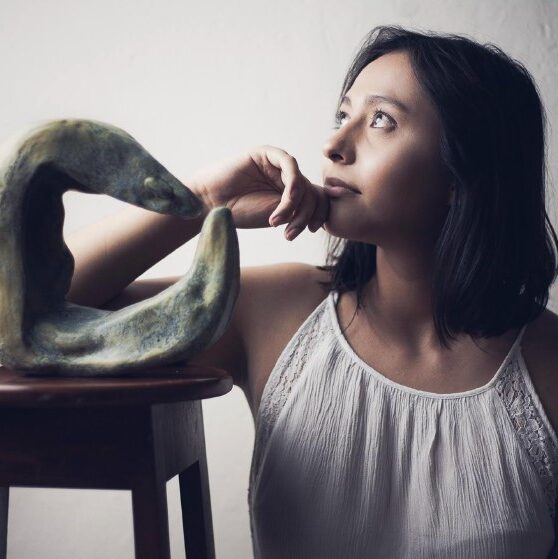
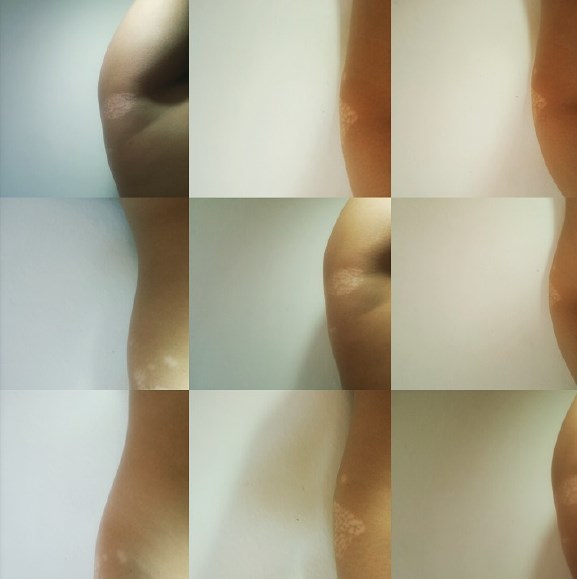


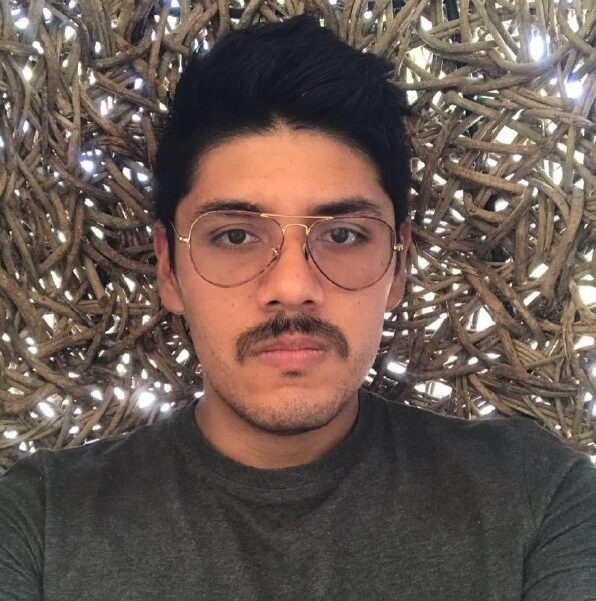

Francisco Javier Espinosa Mómox (Puebla, Mexico; Enero 28, 1989). Licenciado en Artes Visuales por la Facultad de Artes Visuales de la Universidad Veracruzana (2014). Especializado en técnicas y materiales cerámicos incluyendo la técnica tradicional de la Talavera Poblana siendo artista residente de Uriarte Talavera (Puebla) donde cuenta con dos colecciones de autor en venta permanente. Sus diseños y patrones constituyen una exploración de los límites entre los objetos artesanales, el diseño endémico y étnico, y el Arte en el campo de la cerámica. Su trabajo también gira en torno a la escultura, el dibujo y la instalación, su obra ha sido exhibida tanto colectiva como individualmente en Xalapa, Ciudad Mendoza, Puebla, Ciudad de México y Dallas donde, en 2016, fue artista residente como parte de la exhibición Clay between two seas. En 2017, formó parte del segundo encuentro nacional de Jóvenes Creativos, Lazos por la inclusión. En 2018 fue aceptado en el programa de maestría en materiales cerámicos y vítreos del Royal College of Art en Londres Inglaterra.
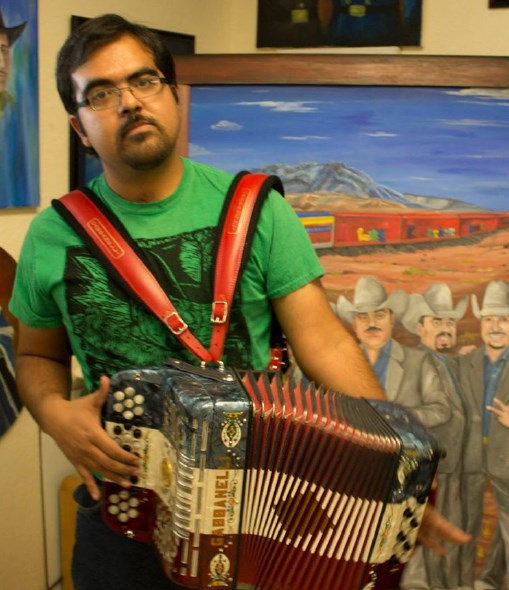
Autor: Ramón Deanda
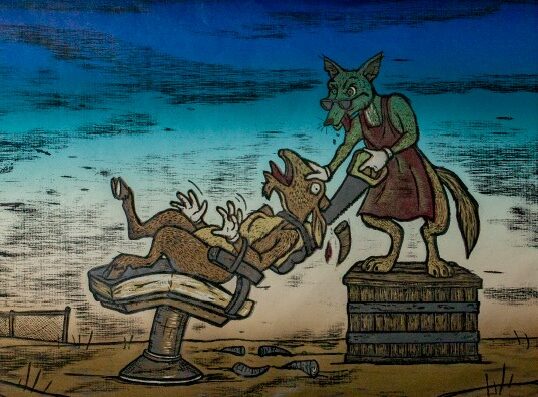
Año: 2018

Título: Rumbo al paraiso
Técnica: Óleo
Año: 2016
Ramón Deanda estudió en la Universidad de Texas—Permian Basin. Y la maestría la obtuvo en la Universidad de Alabama. Actualmente, es maestro de Arte en una escuela prepataroria en el oeste de Texas.

